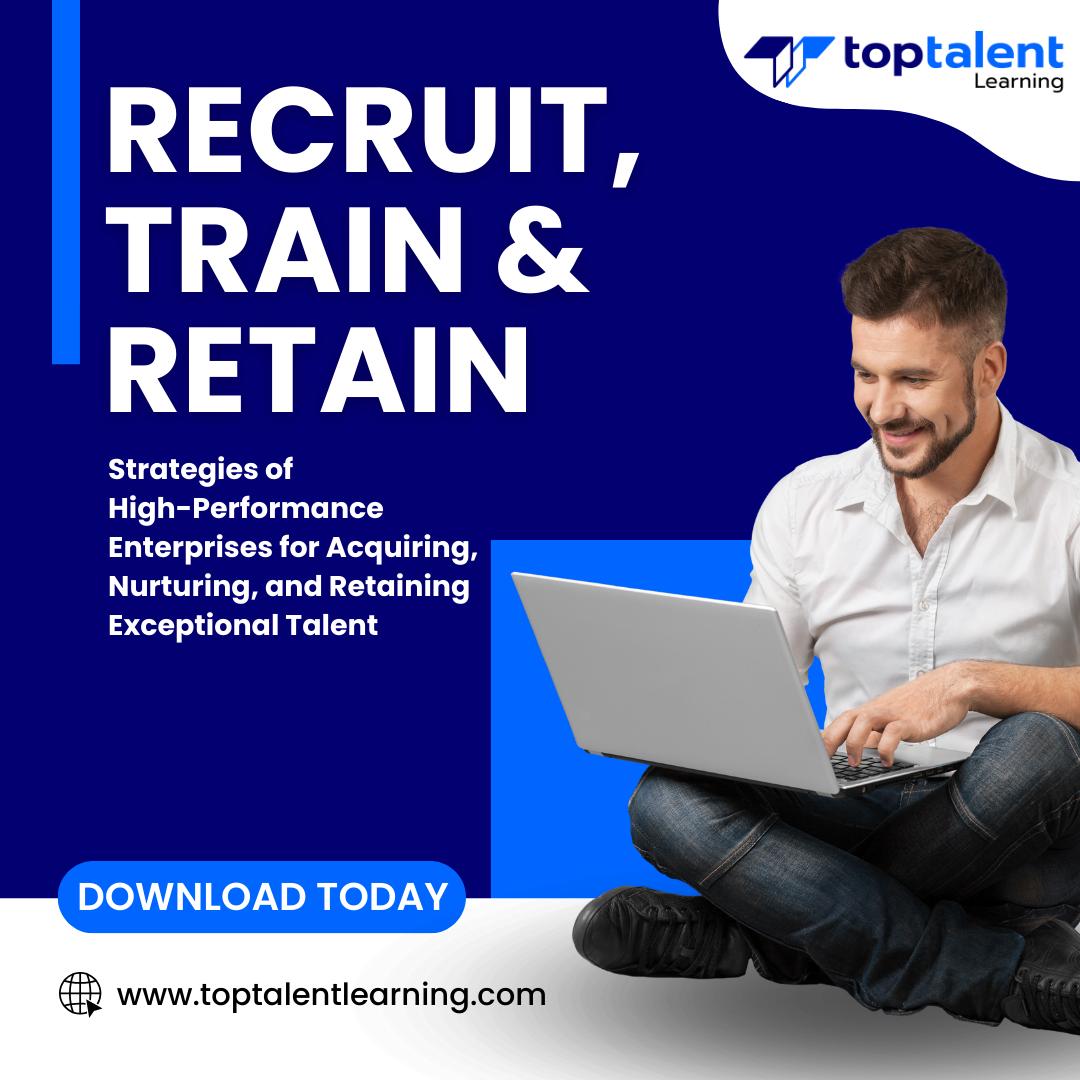This course provides students with the knowledge and skills to administer a SQL Server database infrastructure for cloud, on-premises and hybrid relational databases and who work with the Microsoft PaaS relational database offerings. Additionally, it will be of use to individuals who develop applications that deliver content from SQL-based relational databases.
- Price: $2,380.00
- Duration: 1 day
- Delivery Methods: Virtual
| Date | Time | Price | Option |
|---|---|---|---|
| 11/11/2024 | 09:00 AM - 05:00 PM CT | $2,380.00 | |
| 11/19/2024 | 10:00 AM - 06:00 PM CT | $2,380.00 |
1 – Prepare to maintain SQL databases on Azure
- Describe Microsoft Intelligent Data Platform roles
- Understand SQL Server in an Azure virtual machine
- Design Azure SQL Database for cloud-native applications
- Explore Azure SQL Database Managed Instance
2 – Deploy IaaS solutions with Azure SQL
- Explain IaaS options to deploy SQL Server in Azure
- Understand hybrid scenarios
- Explore performance and security
- Explain high availability and disaster recovery options
3 – Deploy PaaS solutions with Azure SQL
- Explain PaaS options for deploying SQL Server in Azure
- Explore single SQL database
- Deploy SQL database elastic pool
- Understand SQL database hyperscale
- Examine SQL managed instance
- Describe SQL Edge
4 – Evaluate strategies for migrating to Azure SQL
- Understand compatibility level
- Understand Azure preview features
- Describe Azure database migration options
5 – Migrate SQL workloads to Azure SQL databases
- Choose the right SQL Server Instance option in Azure
- Migrate SQL Server to Azure SQL Database offline
- Migrate SQL Server to Azure SQL Database online
- Load and move data to Azure SQL Database
6 – Migrate SQL workloads to Azure Managed Instances
- Evaluate migration scenarios to SQL Database Managed Instance
- Migrate to SQL Database Managed Instance
- Load and Move data to SQL Database Managed Instance
7 – Configure database authentication and authorization
- Describe Active Directory and Azure Active Directory
- Describe authentication and identities
- Describe Security Principals
- Describe database and object permissions
- Identify authentication and authorization failures
8 – Protect data in-transit and at rest
- Explore Transparent Data Encryption
- Configure server and database firewall rules
- Explain object encryption and secure enclaves
- Enable encrypted connections
- Describe SQL injection
- Understand Azure Key Vault
9 – Implement compliance controls for sensitive data
- Explore data classification
- Explore server and database audit
- Implement Dynamic Data Masking
- Implement Row Level security
- Understand Microsoft Defender for SQL
- Explore Azure SQL Database Ledger
- Implement Azure Purview
10 – Describe performance monitoring
- Describe performance monitoring tools
- Describe critical performance metrics
- Establish baseline metrics
- Explore extended events
- Describe Azure SQL Insights
- Explore Query Performance Insight
11 – Configure SQL Server resources for optimal performance
- Explain how to optimize Azure storage for SQL Server virtual machines
- Describe virtual machine resizing
- Optimize database storage
- Control SQL Server resources
12 – Configure databases for optimal performance
- Explore database maintenance checks
- Describe database scoped configuration options
- Describe automatic tuning
- Describe intelligent query processing
13 – Explore query performance optimization
- Understand query plans
- Explain estimated and actual query plans
- Describe dynamic management views and functions
- Explore Query Store
- Identify problematic query plans
- Describe blocking and locking
14 – Evaluate performance improvements
- Describe wait statistics
- Tune and maintain indexes
- Understand query hints
15 – Explore performance-based design
- Describe normalization
- Choose appropriate data types
- Design indexes
16 – Automate deployment of database resources
- Describe deployment models in Azure
- Automate deployment by using Azure Resource Manager templates and Bicep
- Automate deployment by using PowerShell
- Automate deployment by using Azure CLI
17 – Create and manage SQL Agent jobs
- Create a SQL Server maintenance plan
- Describe task status notifications
18 – Manage Azure PaaS tasks using automation
- Explore Elastic jobs
- Understand Azure Automation
- Build an automation runbook
- Automate database workflows by using Logic Apps
- Monitor automated tasks
19 – Describe high availability and disaster recovery strategies
- Describe recovery time objective and recovery point objective
- Explore high availability and disaster recovery options
- Describe Azure high availability and disaster recovery features for Azure Virtual Machines
- Describe high availability and disaster recovery options for PaaS deployments
- Explore an IaaS high availability and disaster recovery solution
- Describe hybrid solutions
20 – Explore IaaS and PaaS solutions for high availability and disaster recovery
- Describe failover clusters in Windows Server
- Configure Always-on availability groups
- Describe temporal tables in Azure SQL Database
- Describe active geo-replication for Azure SQL Database
- Explore auto-failover groups for Azure SQL Database and Azure SQL Managed Instance
21 – Back up and restore databases
- Back up and restore SQL Server running on Azure virtual machines
- Back up a SQL Server virtual machine
- Back up and restore a database using Azure SQL Database
The audience for this course is data professionals managing data and databases who want to learn about administering the data platform technologies that are available on Microsoft Azure. This course is also valuable for data architects and application developers who need to understand what technologies are available for the data platform with Azure and how to work with those technologies through applications.
In addition to their professional experience, students who take this training should have technical knowledge equivalent to the following courses:
- AZ-900T00 Microsoft Azure Fundamentals
- DP-900T00 Microsoft Azure Data Fundamentals

